Falls are the number one cause of injury among adults 65 and older. But the truth is, your risk doesn’t suddenly appear the day you turn 65. It increases gradually over time, especially if you’re dealing with weak muscles, balance issues, side effects from medication, or even just forgetting a pill. Experts recommend that everyone get screened for fall risk at age 65. But you don’t have to wait for a doctor’s visit to take action. A new wave of technology is giving older adults the power to track, prevent, and respond to fall risks, all from home. Here are 10 smart tools that can help.
Sign up for my FREE CyberGuy Report
Get my best tech tips, urgent security alerts, and exclusive deals delivered straight to your inbox. Plus, you’ll get instant access to my Ultimate Scam Survival Guide – free when you join my CYBERGUY.COM/NEWSLETTER
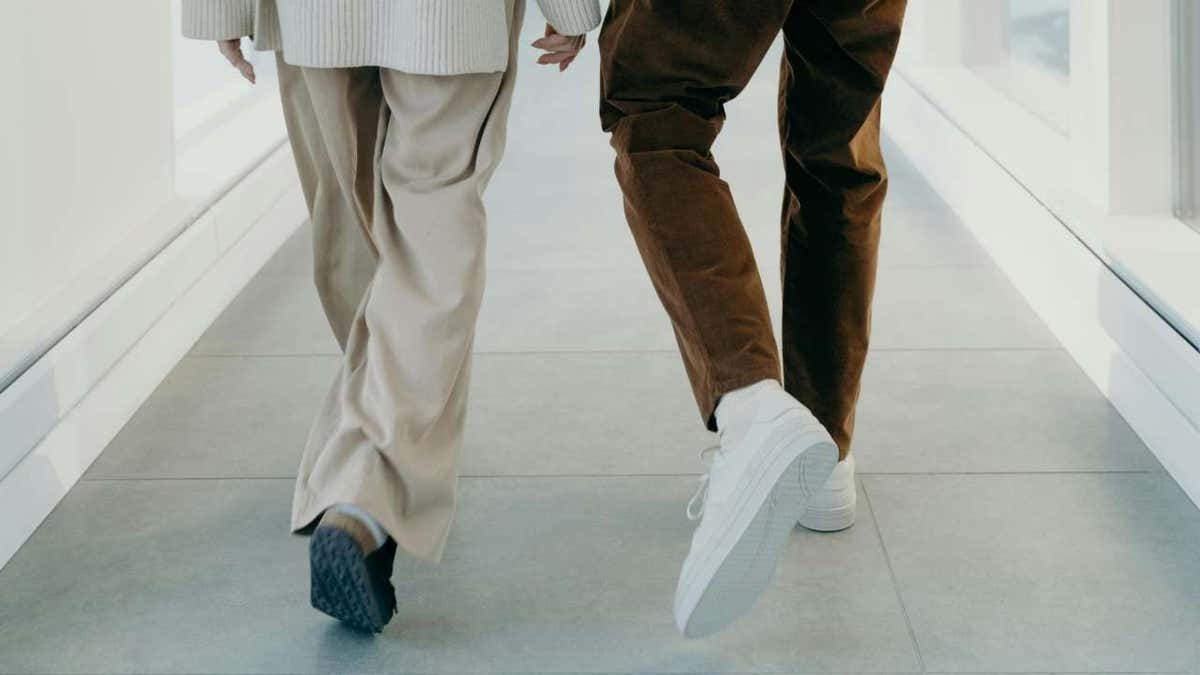
New technology can help track and prevent falls. (Kurt "CyberGuy" Knutsson)
1) Gait sensors track how your balance changes over time
Your walking pattern can reveal subtle issues that increase your risk of falling. If you use an iPhone with iOS 15 or newer, the built-in walking steadiness feature in the Health app can rate your balance as OK, low, or very low over time. Android users can use wearable fitness trackers like Fitbit, or Samsung Galaxy Watch to gather similar data. These tools track stride, stability, and pressure patterns that help identify balance changes before you feel unsteady.
FORGET 10,000 STEPS — RESEARCH REVEALS THE REAL NUMBER YOU NEED FOR BETTER HEALTH
What to check: On iPhone, open the Health app and review your walking steadiness trends. Android users can check their wearable app dashboards, like Samsung Health or Fitbit, to view step symmetry, cadence, and gait-related data. Look for any changes over weeks or months and take advantage of in-app exercise suggestions to improve balance and strength.
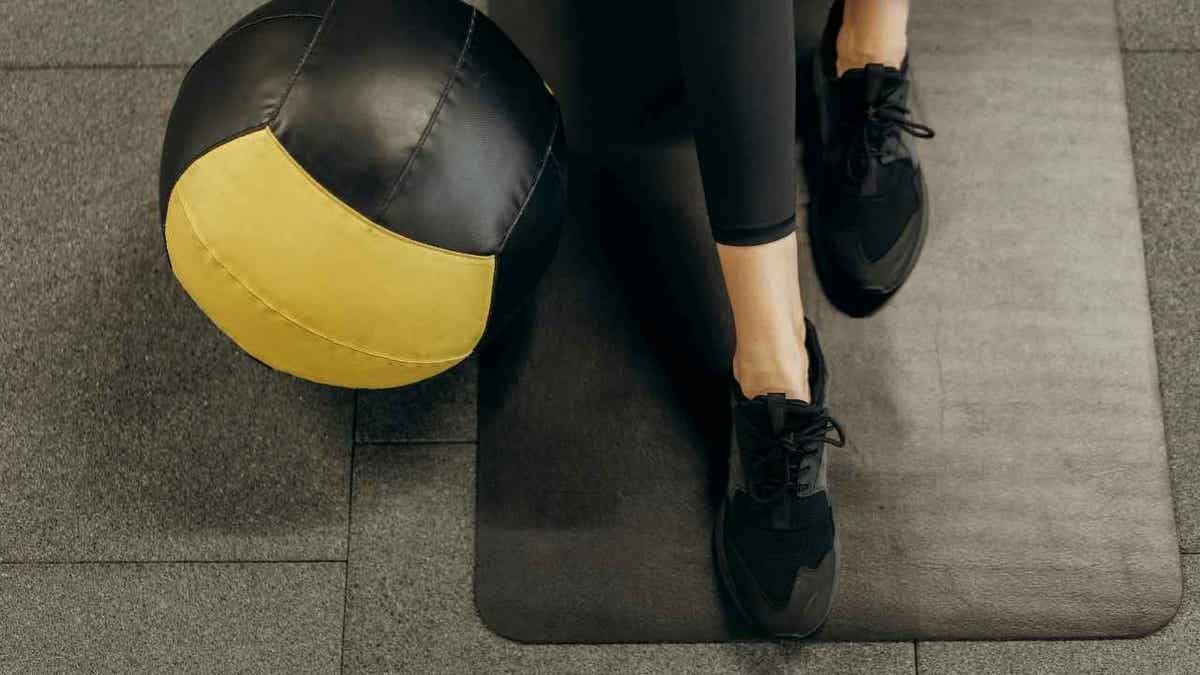
Apps that track physical activity and walking patterns can help users improve their balance and strength, or even detect a change in gait before it becomes an issue. (Kurt "CyberGuy" Knutsson)
2) Smart pill dispensers prevent risky mistakes
Forgetting to take medication, or taking too much, can cause grogginess or dizziness that increases fall risk. A smart pill dispenser helps make sure you take the right dose at the right time.
What to look for: Look for dispensers with reminders, dose tracking, and alerts for missed meds.
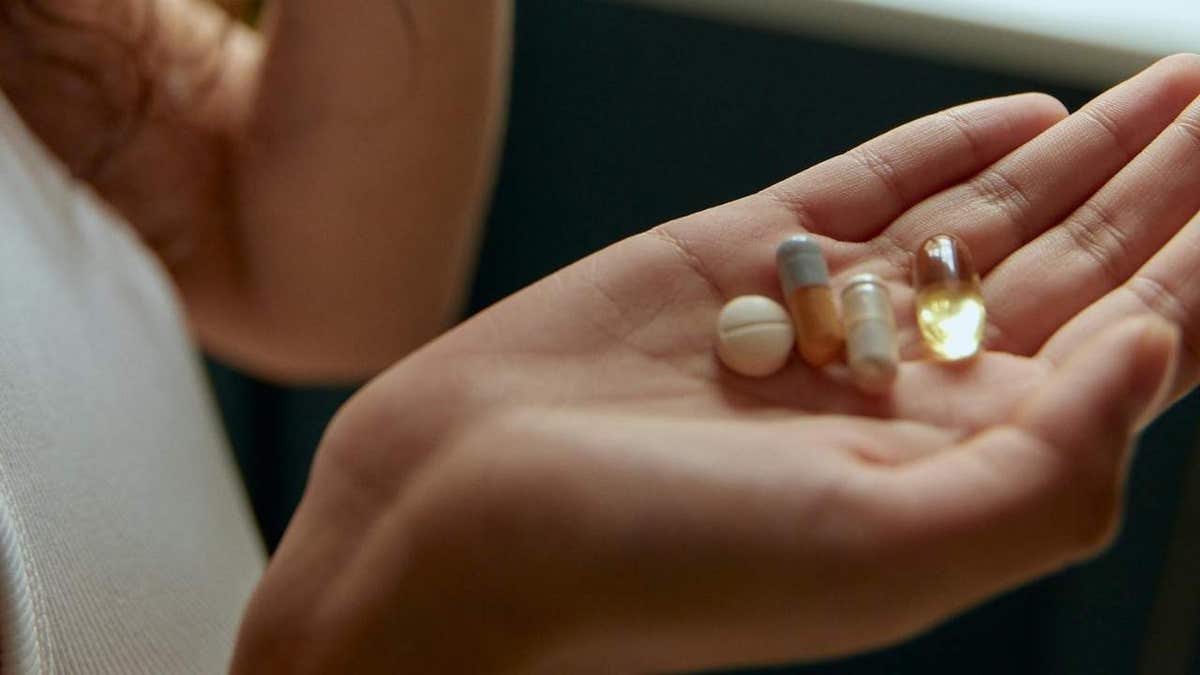
Smart pill dispensers can assist patients in making sure they take the correct dose of the desired medication at the right time. (Kurt "CyberGuy" Knutsson)
3) Fitness trackers keep you motivated to move
Building strength, especially in your legs and core, is one of the best ways to prevent falls. Whether you use an Apple Watch, Fitbit or another device, fitness trackers can nudge you toward daily movement goals.
What to check: Track your cardio fitness levels, not just step counts. It’s a good indicator of your overall strength and endurance.
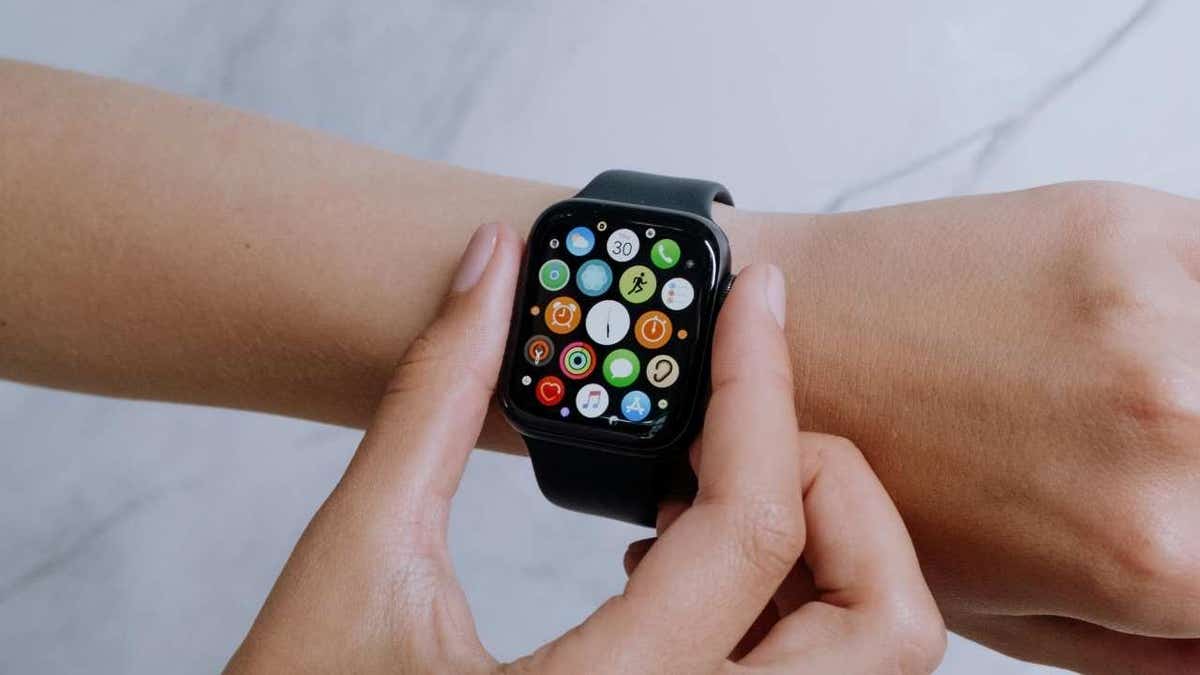
Fitness tracking devices can help users build strength and resilience. (Kurt "CyberGuy" Knutsson)
4) Vital-sign monitors help detect lightheaded spells
Dips in blood pressure or oxygen levels can make you feel woozy, which increases your fall risk. Smartwatches and fingertip pulse oximeters help you monitor these changes in real time.
What to check: If you’re not using a wearable, jot down your daily readings with a standard cuff or oximeter to spot any unusual trends.
5) Motion-activated lighting lights the way
Getting up in the middle of the night without enough light is a common recipe for a fall. Motion-activated lights can illuminate your path without you needing to touch a switch.
What to look for: Try plug-in nightlights that turn on when they sense motion, or during a power outage. Some even double as portable flashlights.
NEW MOBILE ROBOT HELPS SENIORS WALK SAFELY AND PREVENT FALLS
6) Leak sensors help prevent unexpected slips
A small water leak can create a slick floor long before it’s visible. Leak sensors alert you to changes in humidity or water buildup near appliances and pipes.
What to look for: Choose ones that send alerts to your phone. You’ll avoid a fall and possibly a pricey repair bill.
7) Doorbell cameras keep you from rushing
One overlooked fall trigger is rushing to answer the door. A doorbell camera lets you see who’s there and speak to them, so you can take your time or decide not to answer at all.
What to look for: A model with two-way audio gives you the freedom to communicate from wherever you are in your home.
While we’re on the topic of security cameras, be sure to check out 10 things you must consider when choosing any security camera.
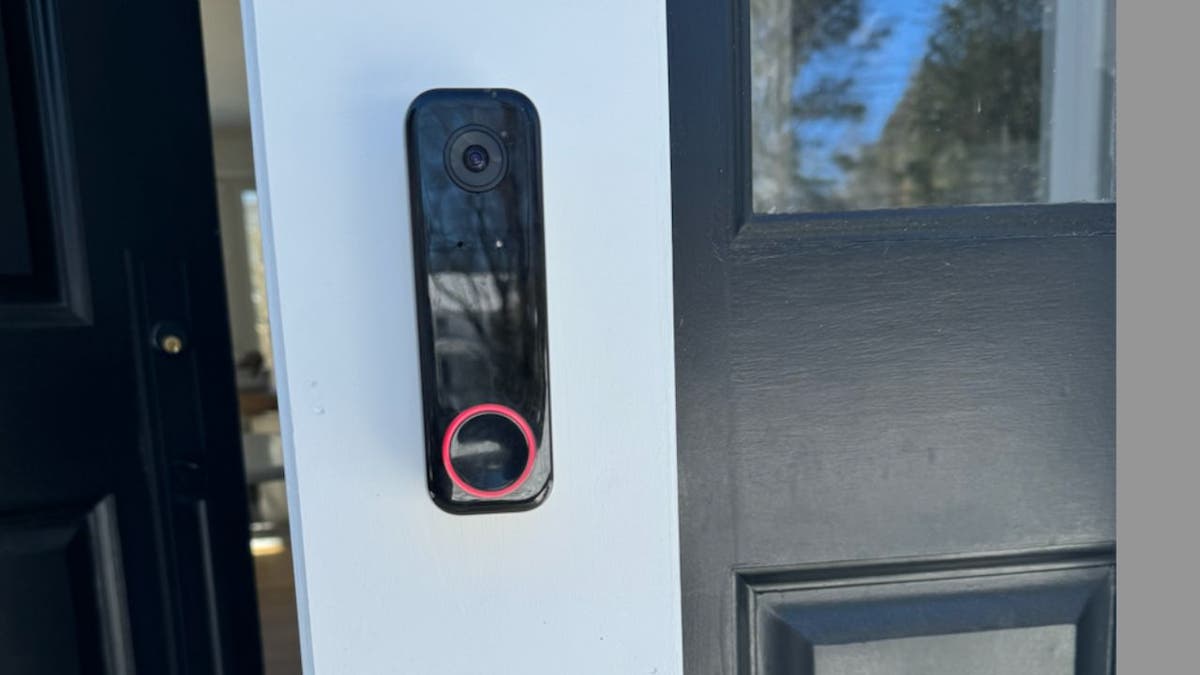
Doorbell cameras enable users to communicate with visitors without rushing to answer the door. (Kurt "CyberGuy" Knutsson)
8) Fall-detection devices can call for help
Even the most independent older adults face higher fall risks, and family members who live far away may worry more than they let on. If a fall happens and you’re alone, getting help quickly is essential. Wearables like the Apple Watch can detect a hard fall and automatically alert emergency services or your emergency contacts. Apple Watch SE, Series 4 or later, and Apple Watch Ultra include fall detection. If a hard fall is detected, the watch vibrates, sounds an alarm, and gives the option to call emergency services.
To turn it on manually:
- Open the Watch app on your iPhone
- Tap My Watch in the bottom left
- Scroll down and click Emergency SOS
- Toggle on Fall Detection and choose Always On
If you don’t use an Apple Watch, there are other great options. Many Android-compatible smartwatches now offer fall detection, including select Samsung Galaxy Watch models.
There are also dedicated medical alert wearables that can help bridge that distance with a single button press. These tools are simple, discreet, and offer life-saving support, especially when no one else is around.
Check out some of the top-rated personal safety tools to consider by visiting Cyberguy.com/MonitorLovedOnes.
What to check: Whether you use a smartwatch or a medical alert device, make sure fall detection is turned on, your contacts are updated, and you test the feature once in a while for peace of mind.
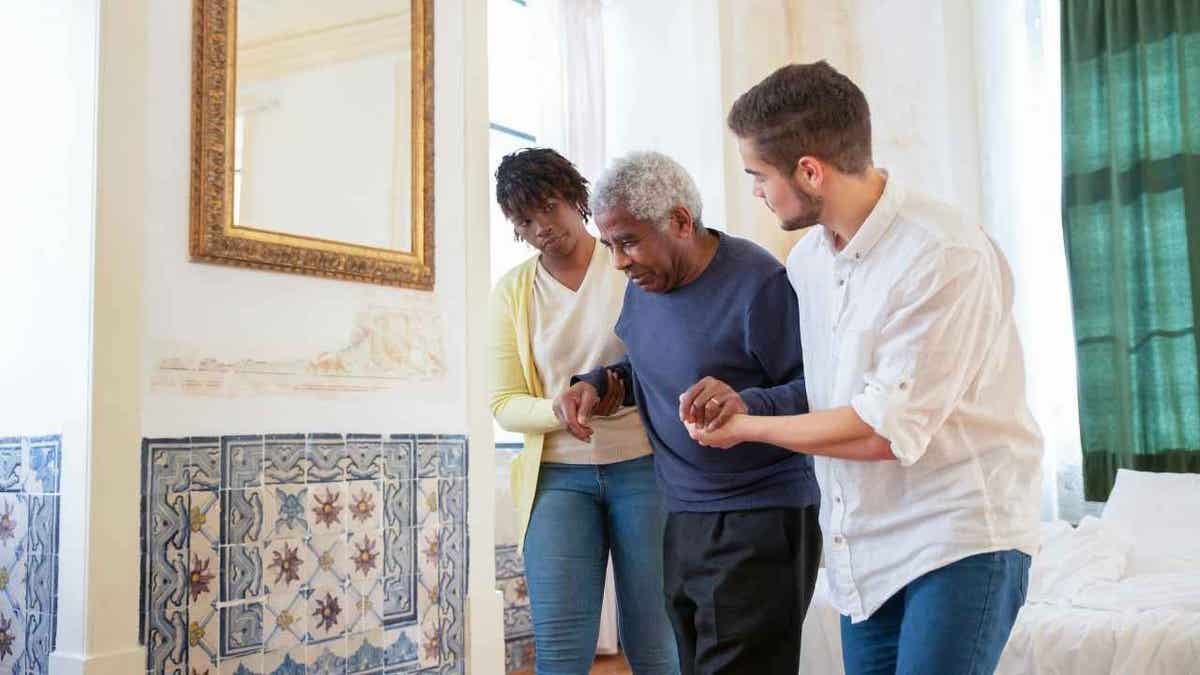
Many smartwatches and medical alert devices can detect when a user falls and offer the option to call for help. (Kurt "CyberGuy" Knutsson)
9) Smart speakers make it easier to call for help
Voice assistants like Alexa or Google Nest can help you call someone, turn on a light, or get a reminder, without having to move.
What to look for: Set up voice shortcuts and routines for common tasks. If you’re unsteady, saying “Call my daughter” is a lot safer than walking to your phone.
STUDY REVEALS 10 HAPPIEST STATES FOR SENIORS: DID YOURS MAKE THE LIST?
10) Balance-training apps keep your brain and body in sync
Apps like Nymbl for iPhone or Android, or KOKU for iPhone and Android, offer fun daily balance and cognitive exercises that take just a few minutes. The goal? Keep your body strong and your reflexes sharp.
What to check: Use an app that tracks progress and gives feedback. Some are backed by health researchers or physical therapists.
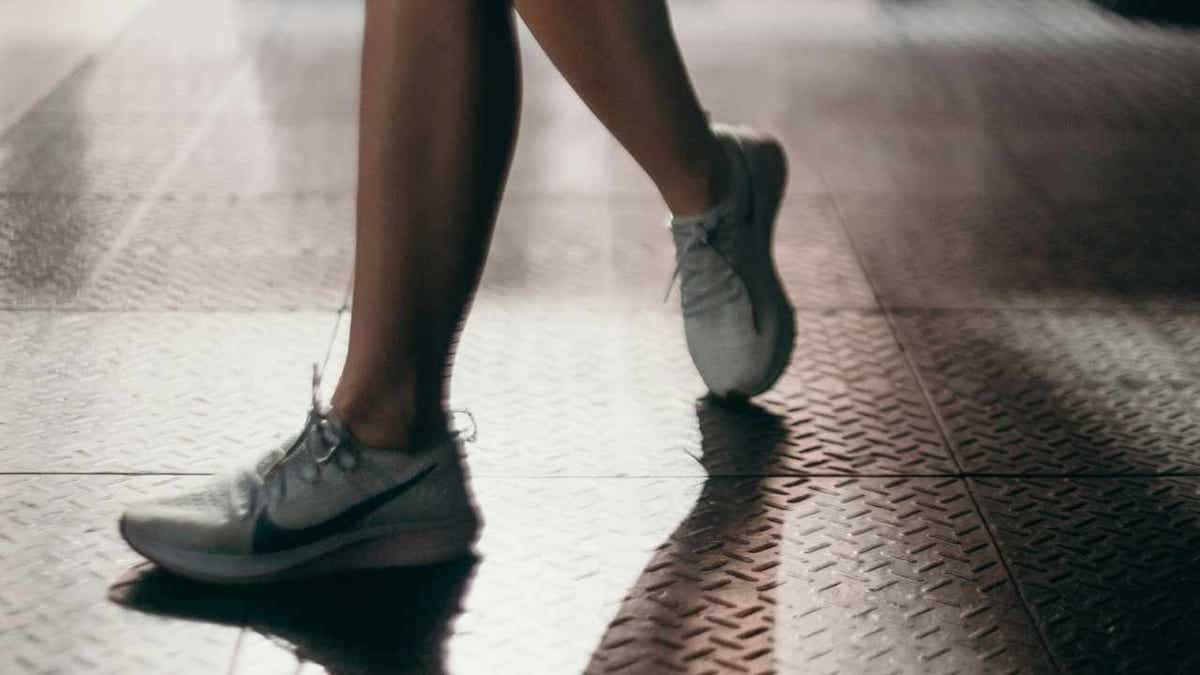
Using apps to perform balance exercises and cognitive challenges can help keep reflexes honed. (Kurt "CyberGuy" Knutsson)
What this means for you
Falls aren’t only about tripping on a rug or losing your footing. They often involve deeper issues like poor sleep, medication interactions, or delayed reflexes. By using smart tech, you can spot early warning signs, make smarter choices, and stay in control of your health, on your own terms.
Kurt’s key takeaways
Getting older doesn’t mean giving up your independence. In fact, the right technology can help extend it. Whether it’s a smartwatch that alerts family during a fall or a simple nightlight that turns on automatically, every tool you use can add peace of mind. You don’t have to wait for a fall to start protecting yourself.
Smart tech is more advanced than ever, but do you feel confident relying on it for your safety? Or do you prefer human care and face-to-face checkups? Let us know by writing to us at Cyberguy.com/Contact
Sign up for my FREE CyberGuy Report
Get my best tech tips, urgent security alerts, and exclusive deals delivered straight to your inbox. Plus, you’ll get instant access to my Ultimate Scam Survival Guide – free when you join my CYBERGUY.COM/NEWSLETTER
Copyright 2025 CyberGuy.com. All rights reserved.
